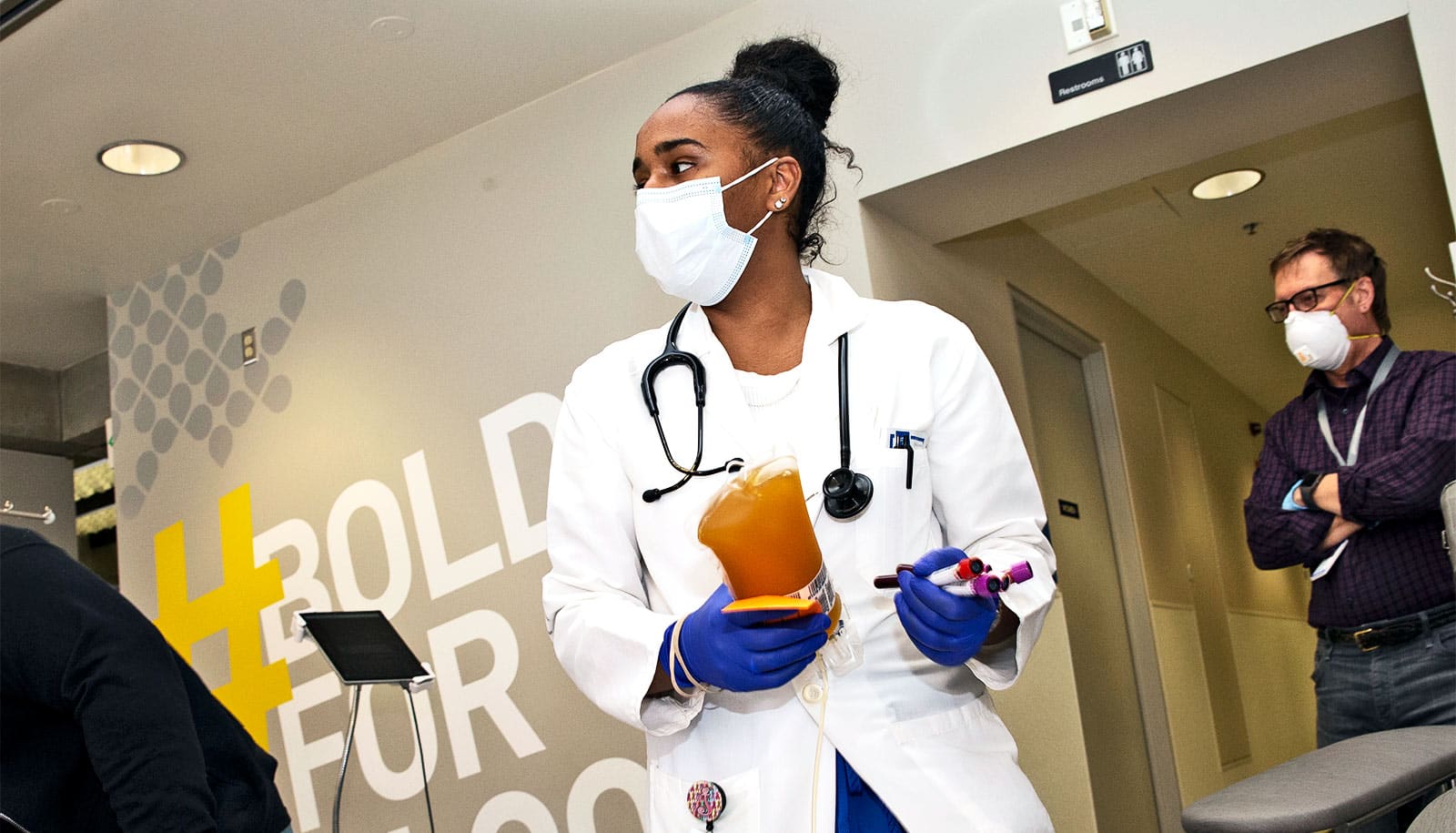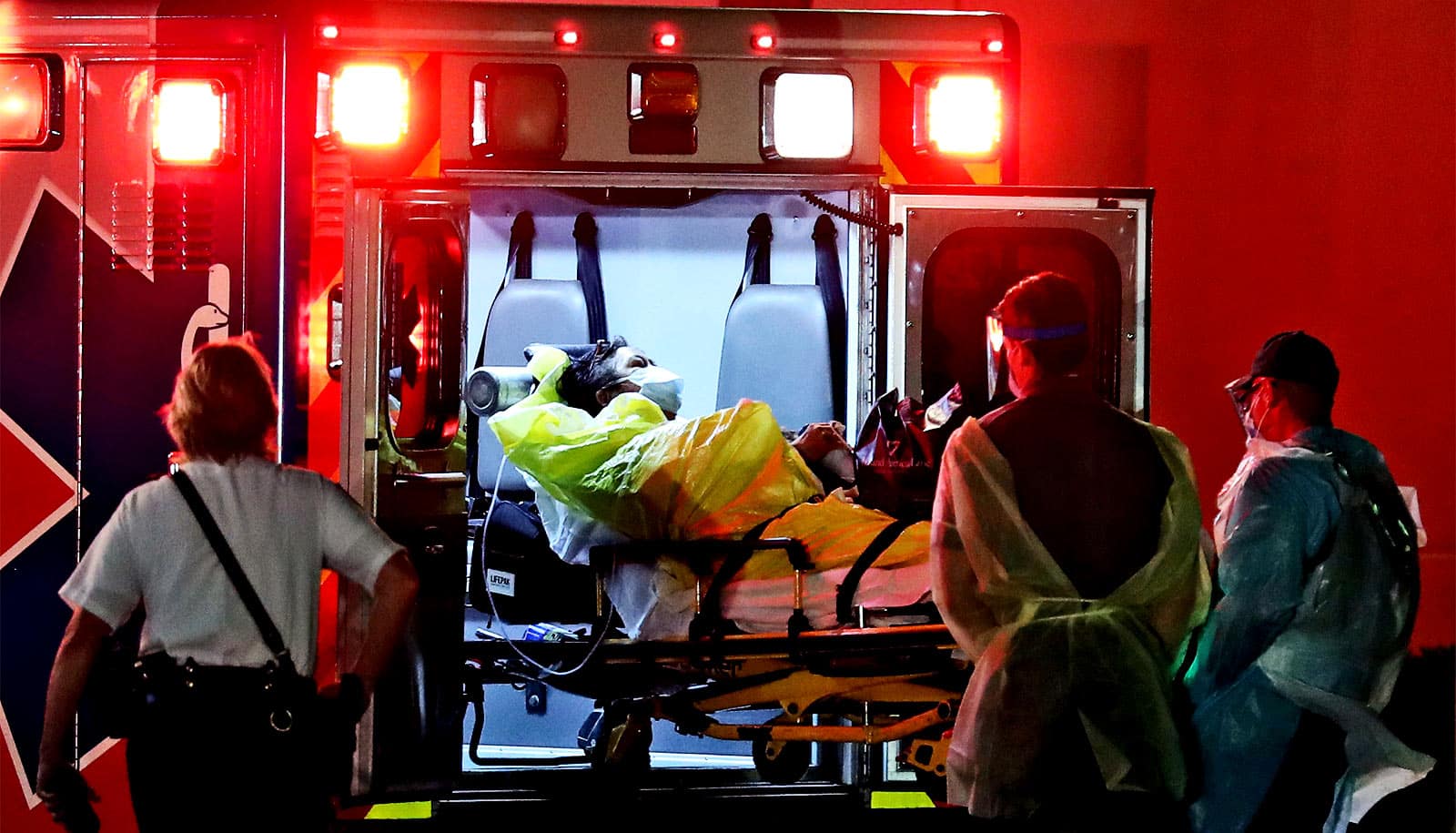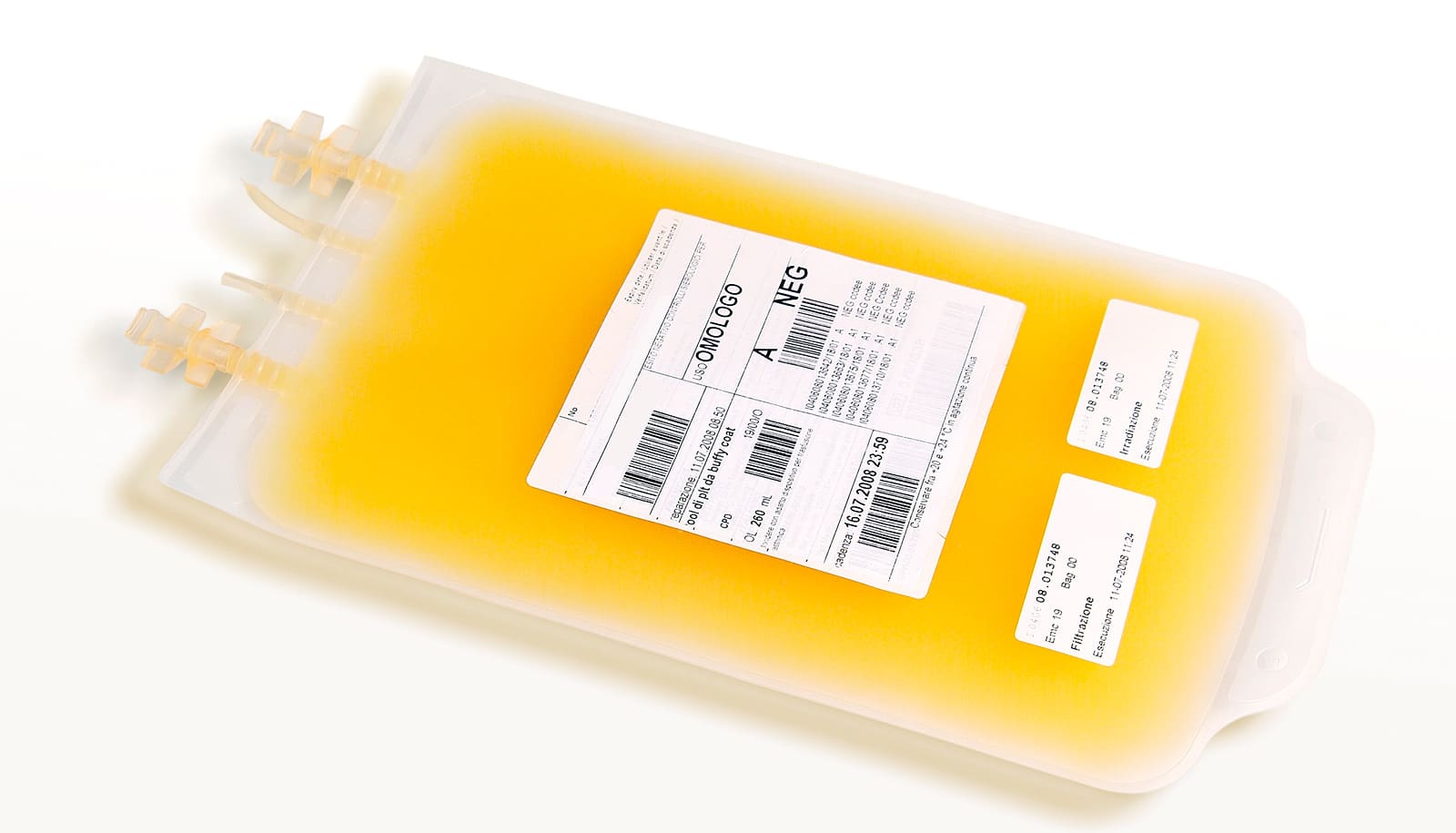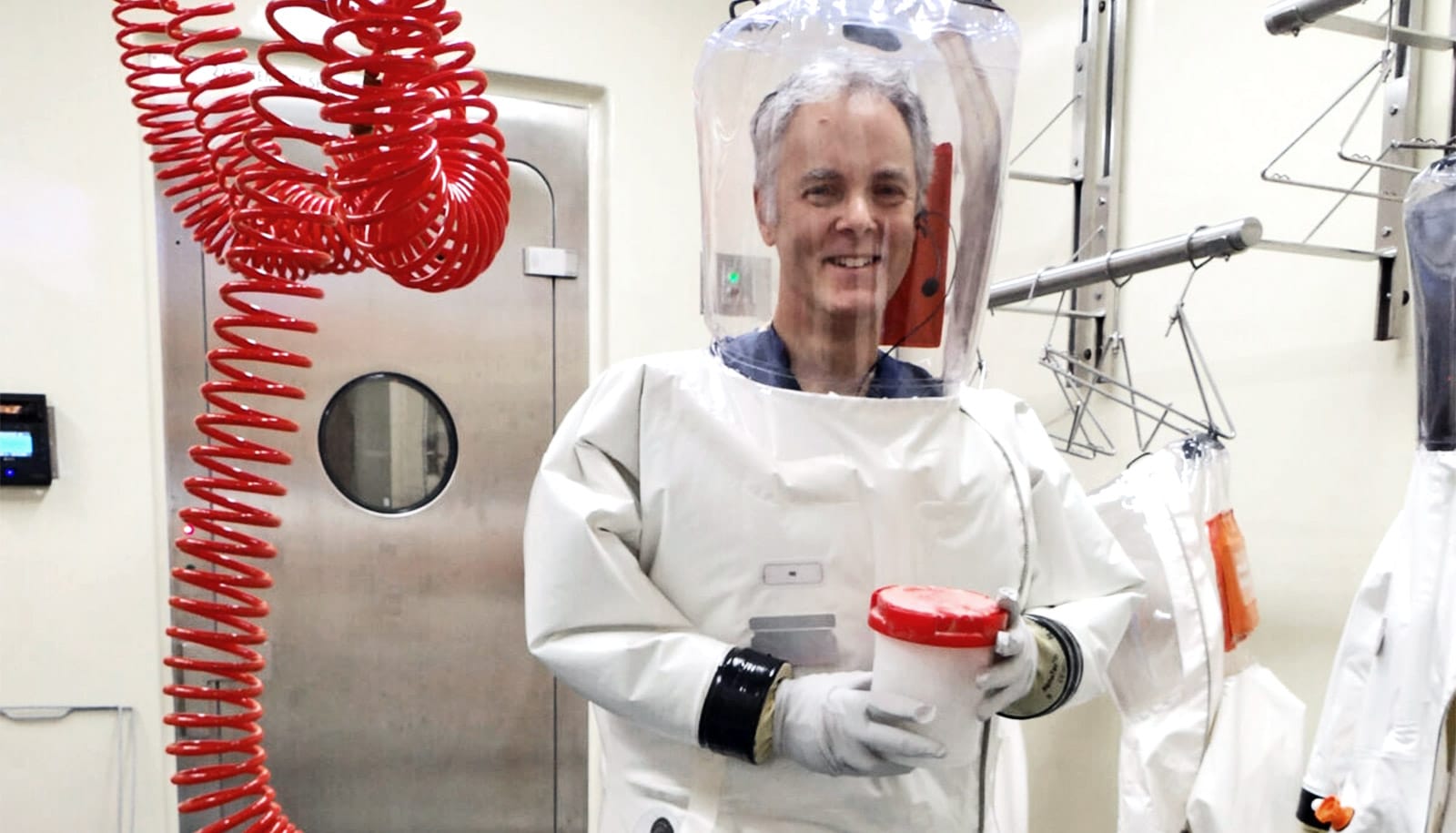A new microchip technology could optimize convalescent plasma therapy for COVID-19 patients, according to a new study.
Researchers report using a new and more accurate way of testing for antibodies against SARS CoV-2 in recovered patients as a means to characterize the potential effectiveness of their convalescent plasma for donation to sick patients.
The project used microchip technology originally developed for the study of the contagiousness of influenza and other common cold infections, including common coronavirus infections.
“It appears that recovered patients have different antibodies that target COVID-19. This tool to comprehensively measure these antibodies will allow physicians to choose the most effective donors for convalescent plasma therapy,” says Philip Felgner, the director of the Vaccine R&D Center at the University of California, Irvine School of Medicine.
To reduce the risk of transfusion-transmitted infection, the researchers are using pathogen inactivation technology that Cerus Corporation originally developed to inactivate blood-borne infectious agents (e.g., viruses, bacteria, and parasites) which may be in the donated plasma.
“The use of this novel microchip technology, combined with pathogen inactivation, provides a promising therapy to treat these very sick patients while reducing the risk of transfusion-transmitted infections,” says Laurence Corash, chief scientific officer of Cerus Corporation.
The coronavirus antigen microarray can be used as a diagnostic and epidemiologic tool to more accurately estimate the disease burden of COVID-19 and to correlate antibody responses with clinical outcomes.
“The current practice for diagnosis of COVID-19, based on SARS-CoV-2 PCR testing of pharyngeal respiratory specimens in a symptomatic patient at high epidemiologic risk, likely underestimates the true prevalence of infection,” says Khan, who designed the coronavirus antigen microarray.
“Serologic methods can more accurately estimate the disease burden by detecting infections missed by the limited testing performed to date.”
The is available on BioRxiv.
Researchers from the California Department of Health, the Vitalant Research Institute, Vitalant Blood Services, the Vaccine Research and Development Laboratory at UC Irvine, the California National Primate Research Center at UC Davis, Enable Biosciences, and Cerus Corporation were part of the Convalescent Plasma for Emerging Pathogens Consortium, which conducted the research. Funding for the research came, in part, from the National Institutes of Health, the Defense Advanced Research Projects Agency, and the Defense Threat Reduction Agency.
Source: UC Irvine



